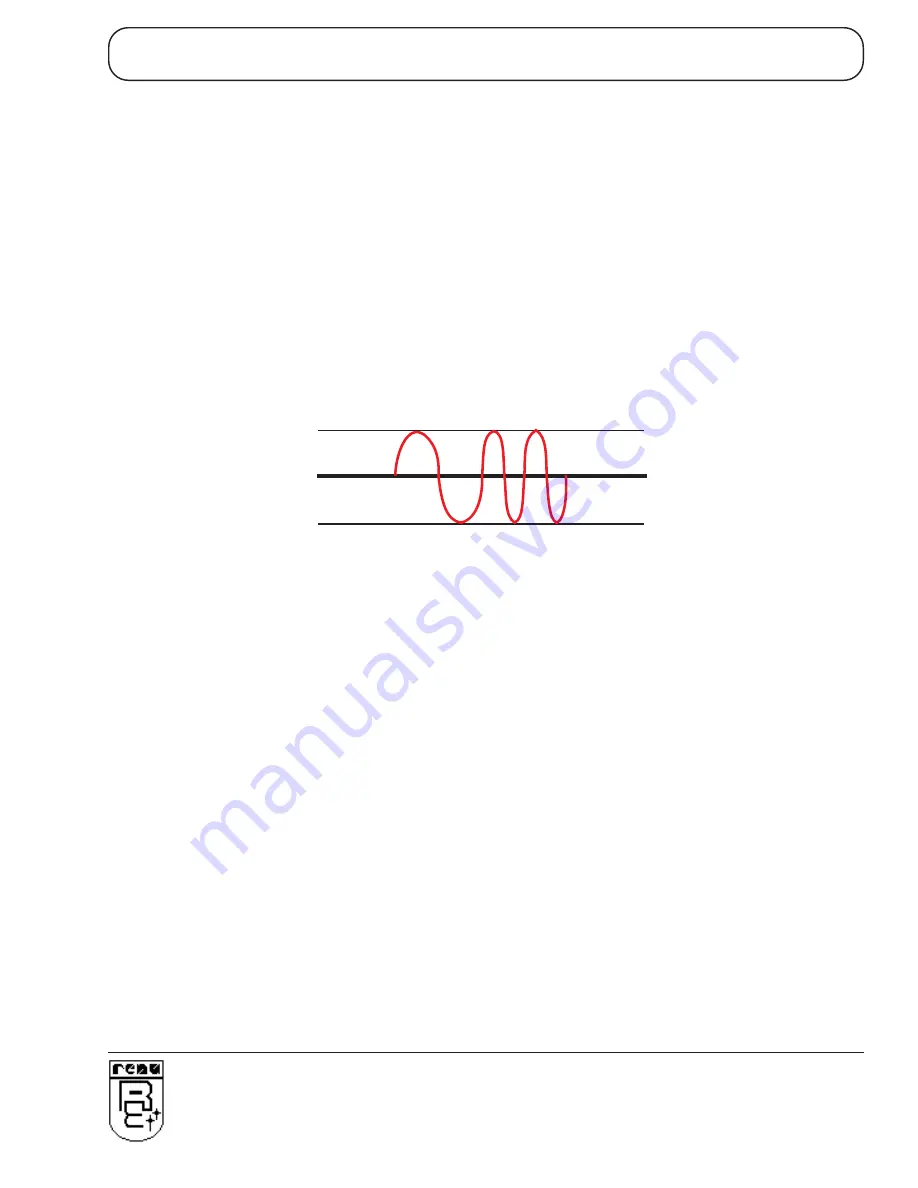
10
Doc No: UMAN\GWY-800-B\0706
REVISION 0
Getting Started
3.1
Introduction To HART
HART® Field Communications Protocol is widely recognized as the industry standard for digitally enhanced 4-20 mA
smart instrument communication. Use of the technology is growing rapidly, and today virtually all major global
instrumentation suppliers offer products with HART communication.
The HART protocol provides a uniquely backward compatible solution for smart instrument communication as both 4-
20 mA analog and digital communication signals are transmitted simultaneously on the same wiring. HART provides
many benefits promised by field bus, while retaining the compatibility and familiarity of existing 4-20 mA systems.
Analog and Digital communication at the same time:
For many years, the field communication standard used by process automation equipment has been a milliampere
(mA) analog current signal. In most applications the milliampere signal varies within a range of 4-20 mA in propor-
tion to the process variable being represented. Virtually all installed plant instrumentation systems use this interna-
tional standard to communicate process variable information.
The HART protocol enables two-way digital communication with smart instruments without disturbing the 4-20 mA
analog signal. Both the 4-20 mA analog and HART digital communication signals can be transmitted simultaneously
over the same wiring. Primary variable and control signal information is carried at the 4-20 mA (if desired), while
additional measurements, process parameters, device configuration, calibration, and diagnostics information is
accessible through the HART protocol over the same wires at the same time. Unlike other “open” digital communication
technologies for process instrumentation, HART is compatible with existing systems.
These enhanced communication characteristics of this technology are reflected in the protocol name, HART which
stands for “Highway Addressable Remote Transducer”.
About HART Technology:
The HART protocol makes use of the Bell 202 Frequency Shift Keying (FSK) standard to superimpose digital
communication signals at a low level on top of the 4-20 mA. Since the digital FSK signal is phase continuous, it does
not interfere with the 4-20 mA signal. A logical “1” is represented by a frequency of 1200 Hz and a logical “0” is
represented by a frequency of 2200 Hz as shown in Figures 1 and 2.
-0.5mA
+0.5mA
Analog Signal
FSK freq:
Logical:
1200 Hz
“1”
2200 Hz
“0”
Simultaneous Digital Communication
HART uses Frequency Shift Keying to encode digital
information on top of the 4-20 mA analog signal
Содержание GWY-800 Series
Страница 1: ...GWY 800 HART Gateway USER S MANUAL ...















































